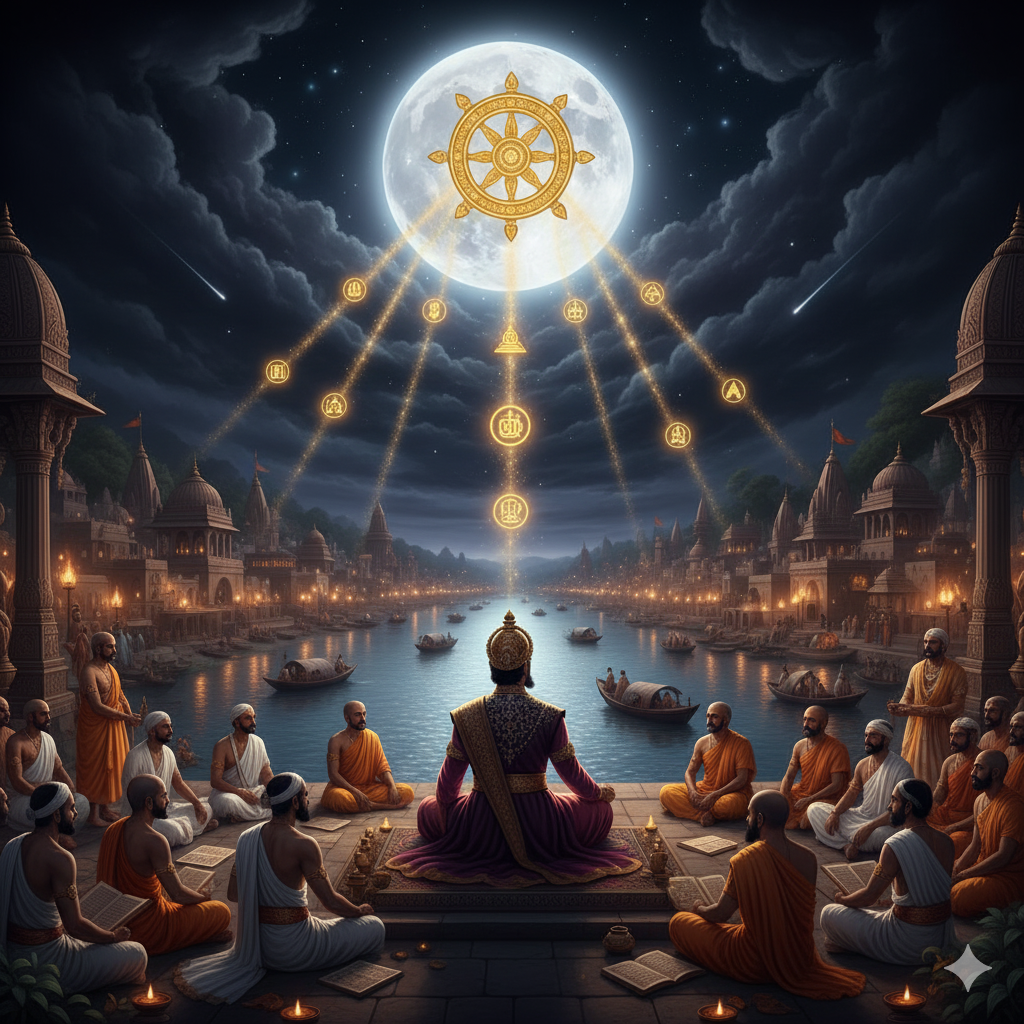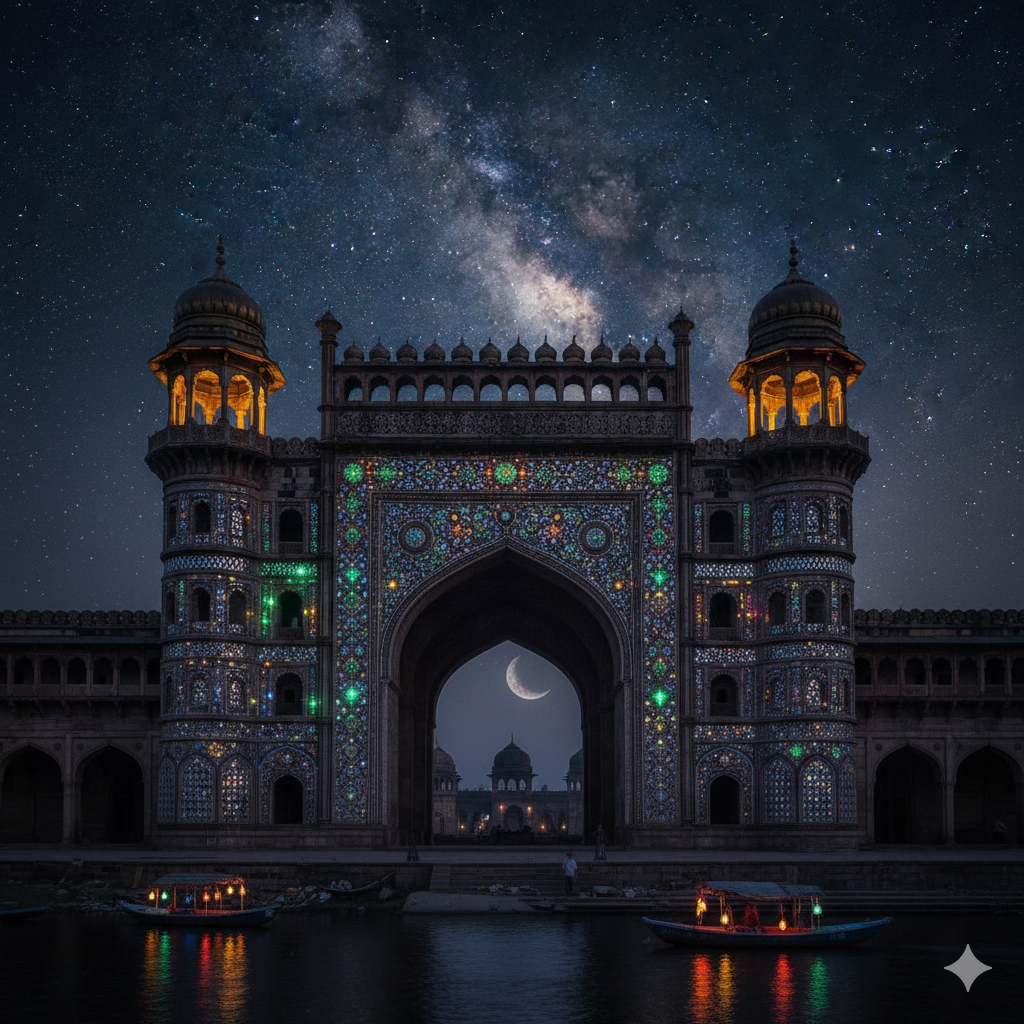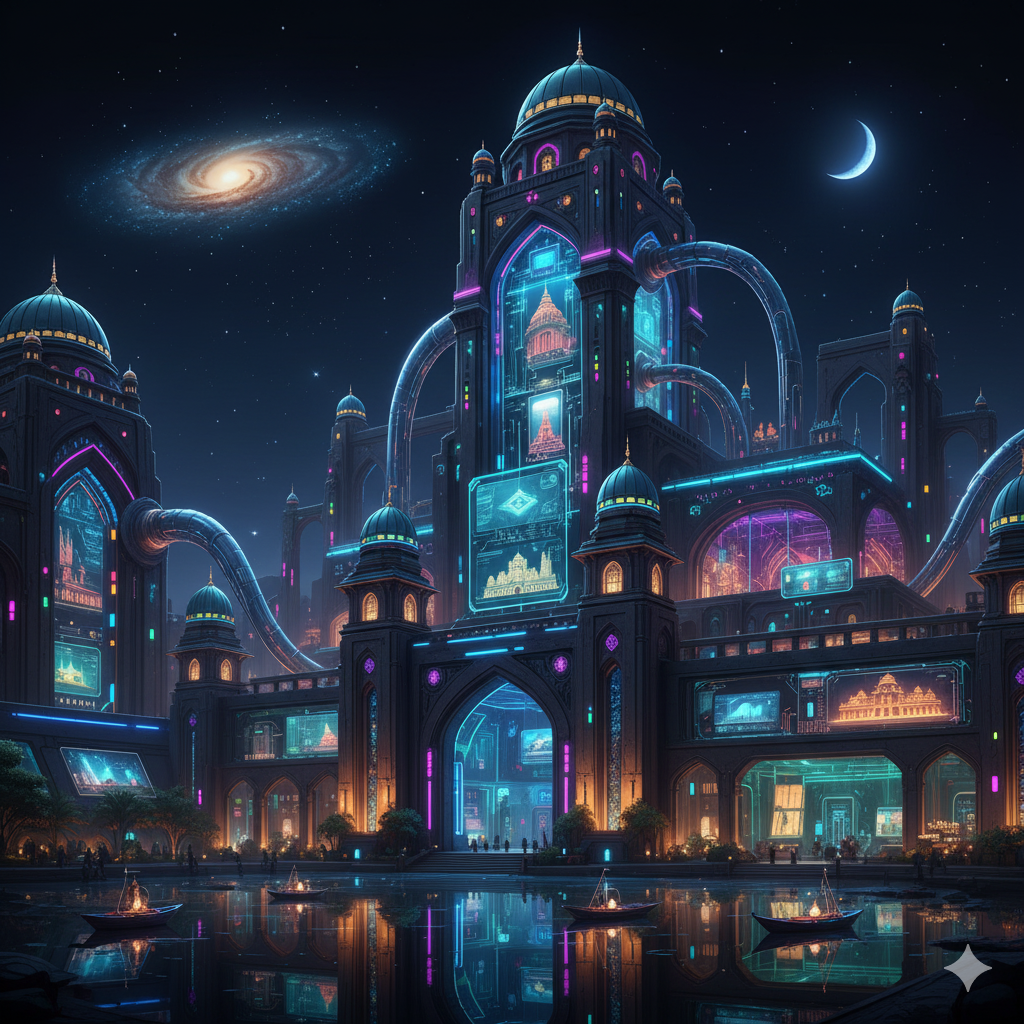Introduction
Emperor Harsha (Harshavardhana, c. 606–647 CE), one of the most illustrious rulers of early medieval India, reigned over a large part of northern India, encompassing modern-day Uttar Pradesh, Bihar, Rajasthan, Punjab, and parts of Madhya Pradesh. While Harsha is often remembered for his political achievements and military campaigns, historians have increasingly emphasized his cultural inclination, particularly his patronage of art, literature, and religion.
The state of Uttar Pradesh, historically a cultural and religious hub with prominent cities such as Kanauj, Prayagraj, Varanasi, and Mathura, emerged as a focal point for Harsha’s cultural activities, often surpassing his political engagements. This article presents a critical review of Harsha’s cultural orientation towards Uttar Pradesh, highlighting the interplay between politics and culture, examining literary sources, religious patronage, art, and urban developments, and analyzing why his affection for culture outweighed purely political interests in this region.
1. Historical Background of Harsha and Uttar Pradesh
1.1 Rise of Harsha
- After the collapse of the Gupta Empire, northern India experienced political fragmentation.
- Harsha rose to power following the decline of regional kingdoms in Kanauj and surrounding areas.
- He inherited a politically unstable but culturally rich terrain, providing opportunities for both governance and patronage of culture.
1.2 Uttar Pradesh in Early Medieval India
- Kanauj: Capital city and political nerve center, later known as a hub of the Pratihara dynasty.
- Prayagraj (Ancient Prayag): Important religious and scholarly center, with annual gatherings at Sangam for ritualistic purposes.
- Varanasi (Kashi): Established learning and cultural hub, attracting scholars, artists, and poets.
- Mathura: Strong religious significance, associated with Buddhist, Jain, and Hindu traditions.
This geographic concentration of religious, scholarly, and cultural resources made Uttar Pradesh a natural choice for Harsha’s cultural investments.
2. Sources for Understanding Harsha’s Cultural Orientation
2.1 Literary Sources
- Banabhatta’s Harshacharita: Biography of Harsha providing insights into his personal character, patronage of art and literature, and cultural policies.
- Brahmagupta and Xuanzang: Chinese traveler Xuanzang’s accounts highlight Harsha’s personal piety, generosity, and support for Buddhist institutions.
- Other Epigraphical Records: Inscriptions in Kanauj and surrounding areas emphasize donations to monasteries, temples, and educational institutions.
2.2 Archaeological Sources
- Remnants of temples, monasteries, and educational establishments built or renovated during Harsha’s reign.
- Artifacts such as coins, sculptures, and manuscripts reflecting artistic patronage.
2.3 Cultural and Religious Evidence
- Spread of Buddhism and Shaivism under Harsha’s reign.
- Promotion of poetry, drama, and Sanskrit literature.
3. Political Orientation vs. Cultural Orientation
3.1 Political Engagements in Uttar Pradesh
- Harsha’s political capital was Kanauj, which he consolidated through military campaigns against regional rulers such as rulers of Bihar, Bengal, and Rajasthan.
- Limited territorial expansion beyond Uttar Pradesh, focusing on internal consolidation rather than aggressive expansion.
- His political strategies often relied on diplomacy and alliances, rather than constant warfare.
3.2 Cultural Emphasis in Uttar Pradesh
- Kanauj and Varanasi became centers for scholarly assemblies, literary works, and religious debates.
- Harsha personally patronized poets, scholars, and religious leaders, often hosting cultural festivals and assemblies.
- Investment in monastic institutions, temples, and public cultural events indicated a preference for cultural consolidation over military conquests.
3.3 Critical Analysis
- While Harsha maintained political authority, the longevity of his rule depended more on cultural legitimacy than military might.
- Uttar Pradesh’s historical and religious significance encouraged Harsha to prioritize culture, using it as a soft power tool to unify the populace.
- This suggests that cultural orientation was not just a personal preference but also a strategic policy.
4. Cultural Patronage of Harsha in Uttar Pradesh
4.1 Literary Contributions
- Banabhatta and Harshacharita: Written under Harsha’s patronage, chronicling his reign and virtues.
- Promotion of Sanskrit Drama: Assemblies often showcased classical Sanskrit plays, contributing to a renaissance of literary culture.
- Encouragement of Poets and Scholars: Uttar Pradesh became a magnet for intellectual talent, reinforcing Harsha’s image as a philosopher-king.
4.2 Religious Patronage
- Buddhism: Supported monastic centers, monasteries, and pilgrimage sites. Xuanzang notes monks receiving protection and funding from the king.
- Shaivism and Hindu Temples: Harsha also contributed to temple building and ritualistic ceremonies, maintaining religious pluralism.
- Public Rituals: Large-scale religious gatherings at Prayag enhanced his spiritual and cultural legitimacy.
4.3 Art and Architecture
- Construction of temples and monasteries in Uttar Pradesh cities like Kanauj, Varanasi, and Mathura.
- Development of sculpture, stone carvings, and coins depicting royal patronage.
- Promotion of cultural aesthetics as a unifying factor for the empire.
5. Urban and Cultural Development
5.1 Kanauj as Cultural Capital
- Beyond politics, Kanauj became a hub for cultural and scholarly activity.
- Hosted cultural assemblies and literary symposiums, attracting intellectuals from across India.
- Supported libraries, schools, and centers for arts.
5.2 Prayagraj as Religious Hub
- Hosted Kumbh-like gatherings, reinforcing religious and social cohesion.
- Harsha’s engagement in public rituals and charitable donations elevated the city’s status as a spiritual center.
5.3 Varanasi and Mathura
- Centers for poetry, music, and dance under royal patronage.
- Supported multireligious discourse, contributing to cultural synthesis.
6. Strategic Importance of Cultural Orientation
- Legitimacy: Cultural patronage helped Harsha gain the loyalty of local elites and the populace.
- Integration: Promoted unity across diverse communities in Uttar Pradesh.
- Soft Power: Cultural festivals, religious patronage, and literary works created a lasting impression of Gupta-style governance.
- Historical Continuity: Built on the legacy of Gupta and post-Gupta cultural traditions, reinforcing Uttar Pradesh’s centrality in Indian civilization.
7. Comparative Analysis: Politics vs. Culture
| Aspect | Political Focus | Cultural Focus |
|---|---|---|
| Territorial Expansion | Limited; alliances and diplomacy | Focus on Kanauj, Varanasi, Prayagraj |
| Military Campaigns | Targeted and strategic | Secondary to cultural consolidation |
| Administrative Strategy | Centralized authority | Cultural legitimacy for social cohesion |
| Legacy | Short-term political control | Long-term cultural and religious influence |
| Public Perception | Authority through force | Authority through patronage and piety |
This table emphasizes that Harsha’s lasting impact in Uttar Pradesh stemmed more from his cultural orientation than political domination.
8. Impact on Later History and Culture
- Harsha’s emphasis on culture contributed to sustained intellectual and religious activity in Uttar Pradesh.
- Inspired later rulers to blend political authority with cultural patronage.
- Reinforced Uttar Pradesh as a cultural heartland, influencing medieval and early modern India.
- Preserved literary and religious traditions, enabling scholars like Banabhatta to flourish.
9. Conclusion
Emperor Harsha’s relationship with Uttar Pradesh demonstrates that his cultural orientation often outweighed political considerations. Key takeaways include:
- Kanauj, Varanasi, Prayagraj, and Mathura were focal points for scholarly, religious, and artistic activity.
- Harsha used literary patronage, religious donations, and urban development to establish cultural legitimacy.
- Political authority was complemented by cultural influence, creating a lasting impact on Uttar Pradesh’s identity as a cultural hub.
- The integration of politics and culture under Harsha laid the foundation for long-term stability and intellectual flourishing in the region.
In summary, Harsha’s reign illustrates how cultural investment can surpass military or political conquest in shaping historical legacy. Uttar Pradesh’s prominence during his rule was less a matter of territorial control and more a reflection of its centrality in the empire’s cultural and religious life.




